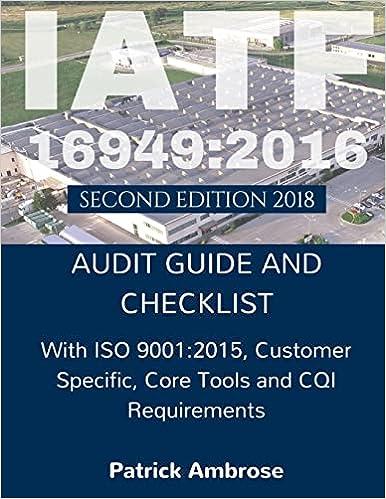Answered step by step
Verified Expert Solution
Question
1 Approved Answer
The Town of Quincys fiscal year ends on June 30. The following data relate to the property tax levy for the fiscal year ended June
The Town of Quincys fiscal year ends on June 30. The following data relate to the property tax levy for the fiscal year ended June 30, 2020.
- The balance in Deferred InflowsProperty Taxes was $73,000 at the end of the previous year. This was recognized as revenue in the current year in a reversing journal entry.
- On July 1, 2019, property taxes in the amount of $8,900,000 were levied. It was estimated that 0.5 percent would be uncollectible. The property taxes were intended to finance the expenditures for the year ended June 30, 2020.
- October 31, $4,800,000 in property taxes were collected.
- December 31, $3,900,000 in additional property taxes were collected.
- Receivables totaling $10,700 were deemed to be uncollectible and written off.
- On June 30, $81,000 was moved from Revenues Control to Deferred Inflows, because it was not expected to be collected within 60 days.
Step by Step Solution
There are 3 Steps involved in it
Step: 1

Get Instant Access to Expert-Tailored Solutions
See step-by-step solutions with expert insights and AI powered tools for academic success
Step: 2

Step: 3

Ace Your Homework with AI
Get the answers you need in no time with our AI-driven, step-by-step assistance
Get Started


